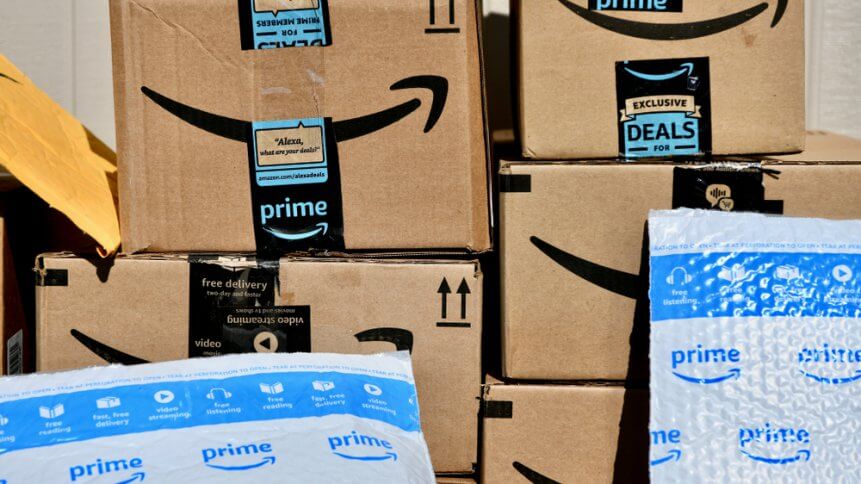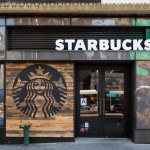Why you can’t ignore Amazon Prime Day

Amazon’s Prime Day will set new records this year, bringing in around US$6.7 billion, according to ParcelHero. The e-commerce firm is extending it from 36 to 48 hours, with the shopping extravaganza taking place on July 15-16.
Amazon Prime Day sales
Back in 2015, the first Prime Day pulled in around US$0.96 billion in sales. In 2016 that rose to US$1.52 billion and soared to US$2.41 billion in 2017. It then reached around US$4.19 billion in 2018.
That’s an average yearly rise of 60 percent in sales thanks to the attraction of Prime Day deals. If the event continues its meteoric growth, US$6.7 billion is a likely figure for 2019, ParcelHero reckons.
It hasn’t been an entirely smooth ride, however. There were website issues during Prime Day 2018. US bargain hunters took to social media to report slow loading pages and post screenshots of error messages, some of which featured pictures of sad-looking dogs and the text “something went wrong on our end.”
It seems that the problem was simply traffic. The failure of Amazon’s systems and sites is rare. It will be interesting to see if lessons have been learned. Further issues could put a serious dent in its ambitions.
YOU MIGHT LIKE

Everybody isn’t talking about blockchain in retail
Pop-ups and innovative tech
Looking beyond getting the basics right, shopping festivals are increasingly focusing on pop-up stores and tech innovations to stay relevant. We should look to China in this regard. JD.com made US$29.2 billion in sales during its annual 6.18 shopping festival, a record high for the e-commerce giant. Last year, it took in US$24.7 billion.
Technology played a major part in improving the consumer experience, with 91 percent of orders coming from JD fulfillment centers delivered same-or next-day. The company’s smart customer service robot fielded more than 32 million inquiries, of which it solved 90 percent independently, thus freeing up its human counterparts to deal with more complicated inquiries.
The future of Amazon Prime Day
In terms of physical presences, Prime Day is clearly still an online event, but things are slowly changing. As the money rolls in, it would be all too easy to rest on your laurels and think “why change a winning formula?”. But this is Amazon we’re talking about here. It won’t rest until it has conquered the retail world and vanquished all its foes.
OK, that’s a bit OTT. But the company is laser-focused on customer tastes and the fact that they are constantly changing. To stay on top, it must strive to create memorable experiences for shoppers, beyond visiting a website and snapping up bargains.
Take, for instance, the Black Friday pop-up that returned to London for a second year in 2018, with brands including Samsung, Lego, and Canon participating, and on-site events including prizes, workshops, VIP experiences and product sampling.
It’s here… Amazon UK’s first Black Friday pop-up, opening tomorrow. pic.twitter.com/WcNtX3iqmC
— Natalie Berg (@Natalie_Berg) November 20, 2017
Then there’s the attempt to throw Whole Foods into the mix. From July 3 through to July 16, US Prime members who spend $10 there will get a $10 credit to use on Amazon for Prime Day.
Members qualify by scanning the Prime code in their Whole Foods or Amazon app when they check out, or by making a Prime Now order for delivery or pick up from Whole Foods. During the same timeframe, the retailer will also offer Prime members exclusive weekly deals on summertime favorites with discounts of 25-50 percent off.
Love it or hate it, you can’t ignore Prime Day. It has played a major role in redefining retail and it will be fascinating to see how the event evolves over the next few years.








